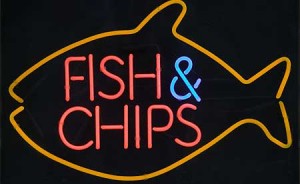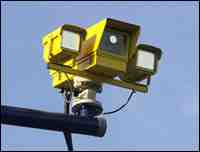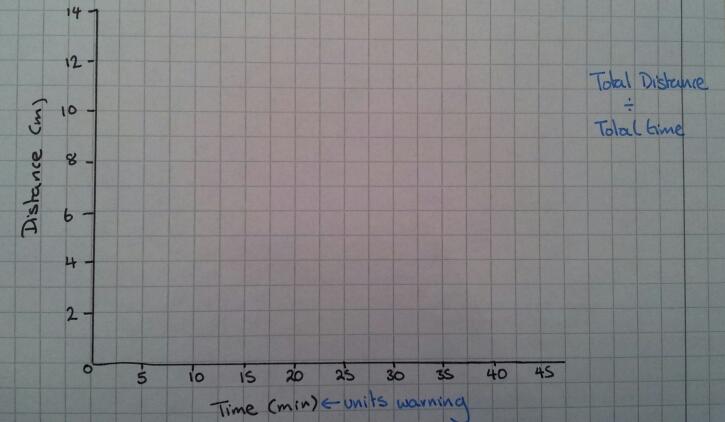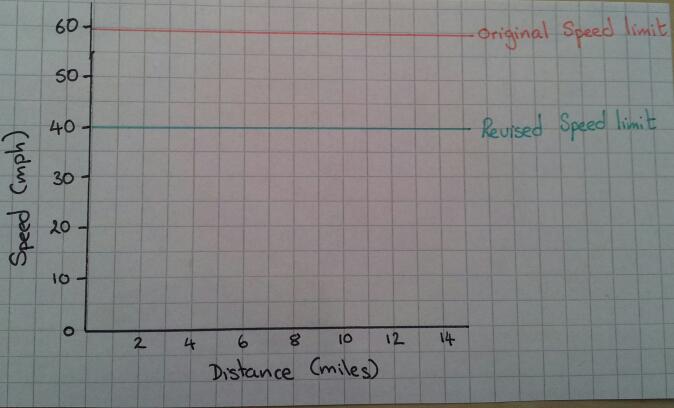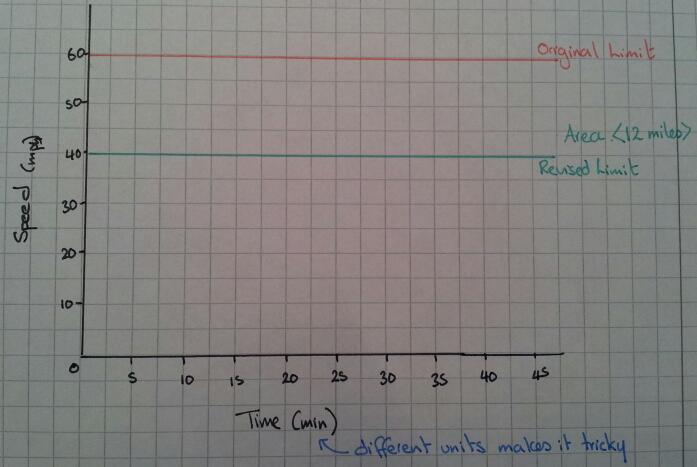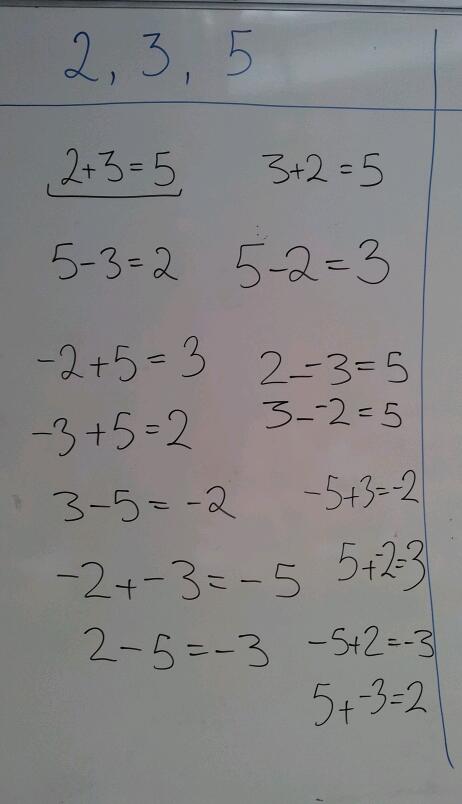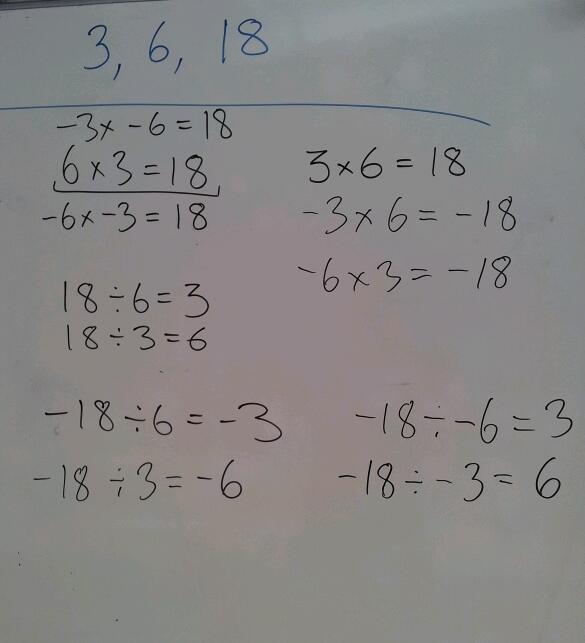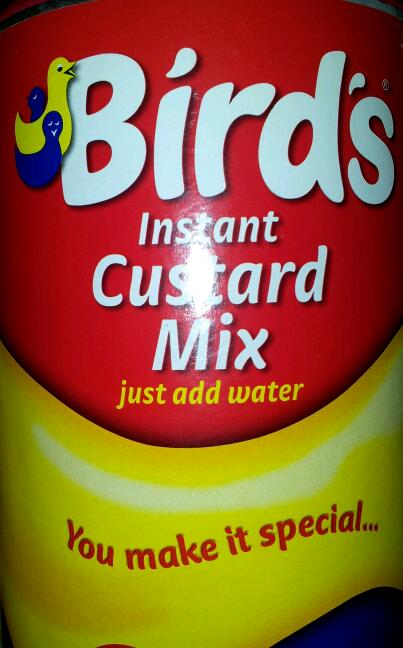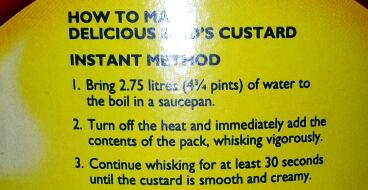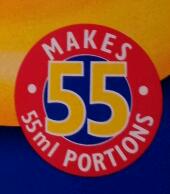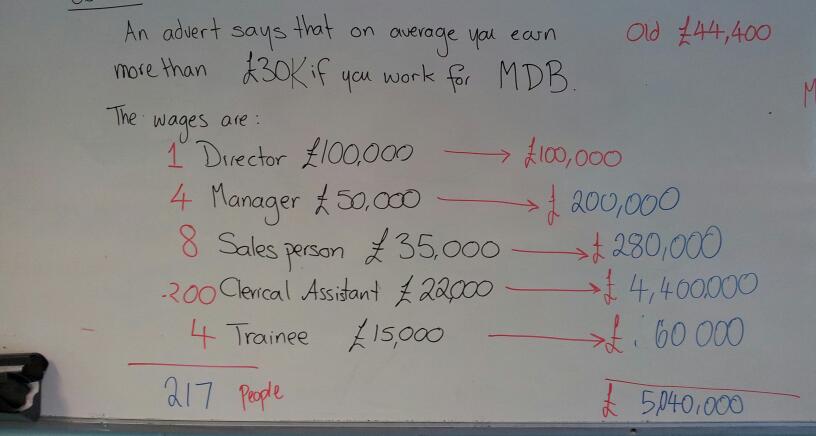I’ve been using this idea since I first started teaching and I’ve finally got around to typing it up!
Image Credit:http://coachandhorsesn16.com/eat/fish-n-chips/
I introduce order of operations by creating an imaginary Chip Shop. I usually read out orders and get the students to write down what they think they are on whiteboards. Note that when you read out the orders, the punctuation doesn’t give any hints.
- ‘Two fish and three chips’ – 2 fish & 3 portions of chips
- ‘Fish and chips twice’ – 2 fish & 2 portions of chips or 1 fish & 2 portions of chips
- ‘Five sausage and chips’ – 5 sausages & 5 portions of chips or 5 sausages & 1 portion of chips
This activity always prompts a ‘discussion’ as to who is correct. The misconception of what an order could mean links nicely with the misconception when working out 2 + 3 x 4. You could also adapt the idea for writing algebraic expressions.
A presentation, with questions, is downloadable in three different formats here:

